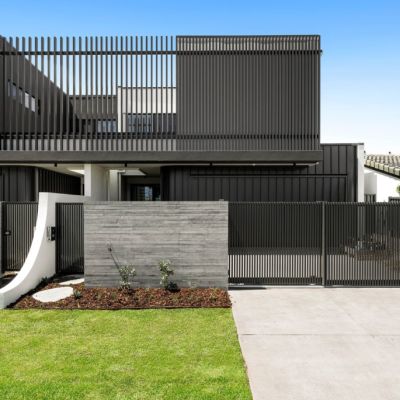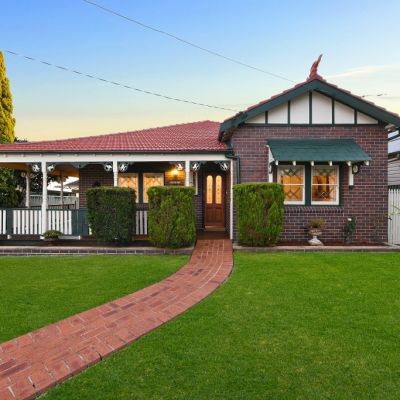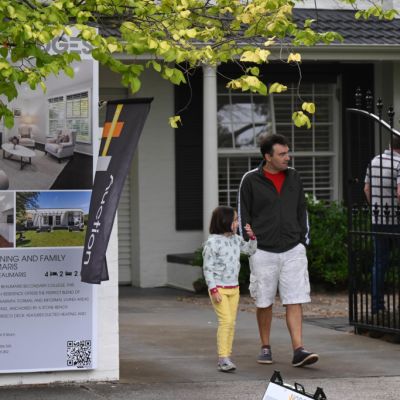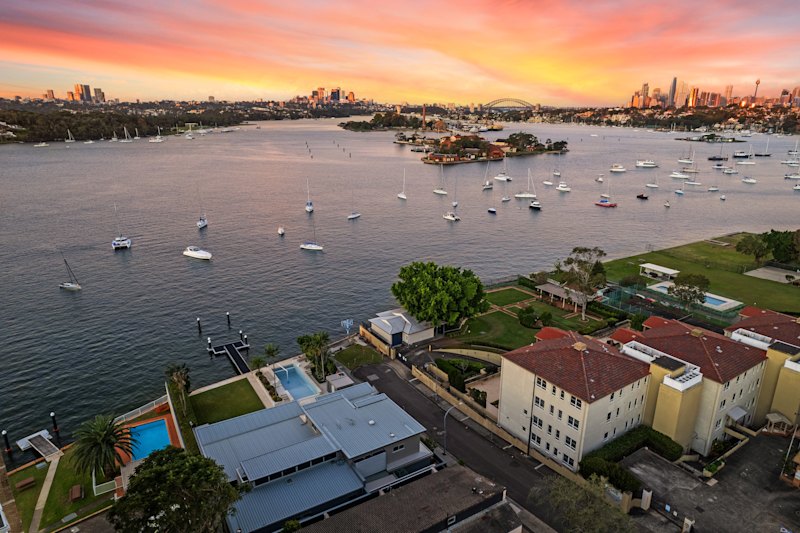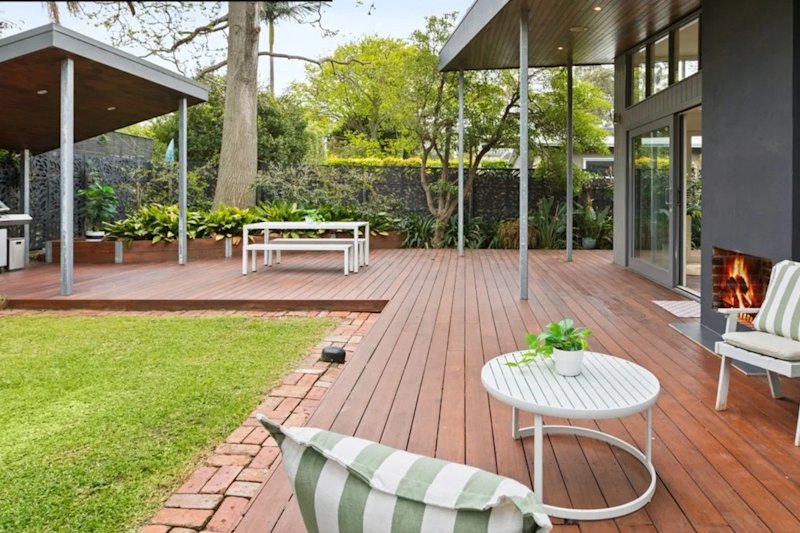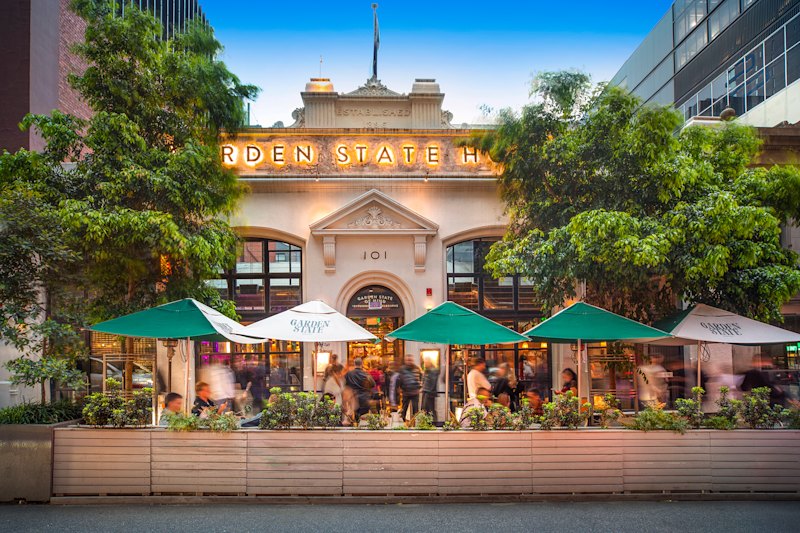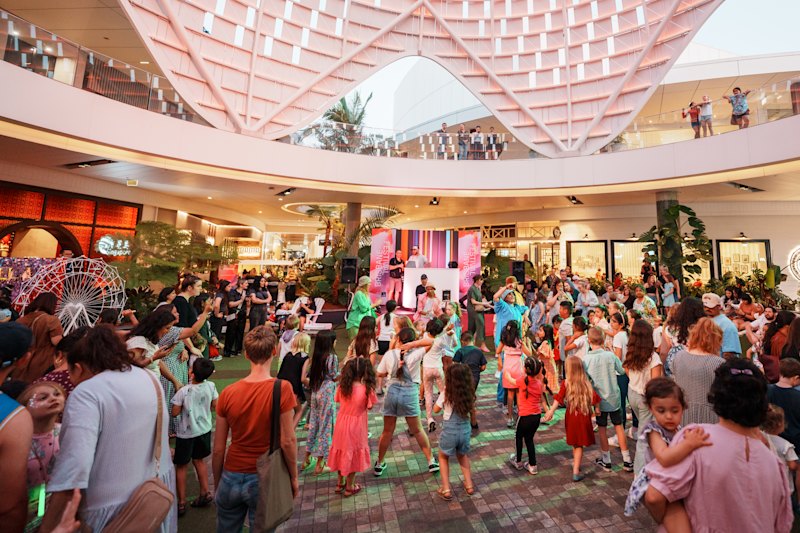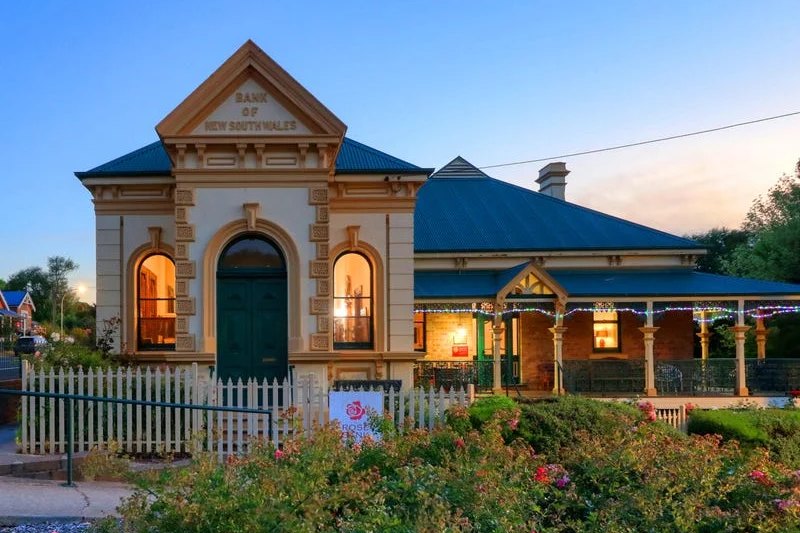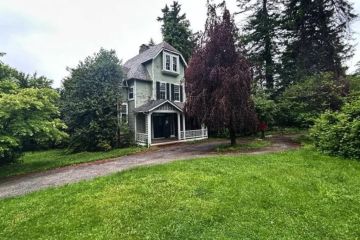The 106 suburbs that are cheaper to buy in now than five years ago revealed
There are 106 suburbs across Australia that are cheaper today than they were five years ago, new analysis shows, despite house and unit prices doubling in the same time.
Analysis by Domain has found there are a number of suburbs in NSW, Victoria, Queensland, the Northern Territory and Western Australia where prices are more affordable now than they were in 2019.
The list is mostly made up of suburbs where units are cheaper and includes Carlton, Coburg and Malvern East in Melbourne, Chippendale, Roselands and Elizabeth Bay in Sydney, Newstead and South Brisbane in Brisbane, and Fremantle and East Perth.
In Carlton, the median unit price is now $320,000, making it 33.3 per cent cheaper than it was in 2019.
Domain chief of research and economics Dr Nicola Powell says units offer first-home buyers a chance to enter the market – particularly when facing very tight rental market conditions – as they are often more affordable than houses in the same suburb.
She says units in suburbs like Carlton, where there is a high volume of rental properties, are often sensitive to market changes.
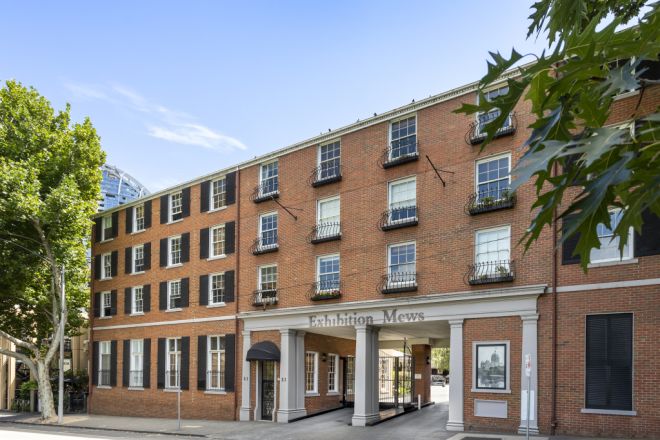
“It doesn’t surprise me that Victoria has dominated that list because Victoria overall has been a weaker market compared to other cities, and a number of these areas would have been prime locations where there was a high proportion of rentals, such as Carlton units,” Powell says.
“There was a high proportion of students, both domestic and international, in Melbourne, and Carlton has the largest pool of units so it was vulnerable to the outward flow of students which then impacted investors, so investors have been selling off because of that volatility in the market.”
In NSW, Kingswood units have a median of $357,500, which is 22.3 per cent less than they were in 2019.
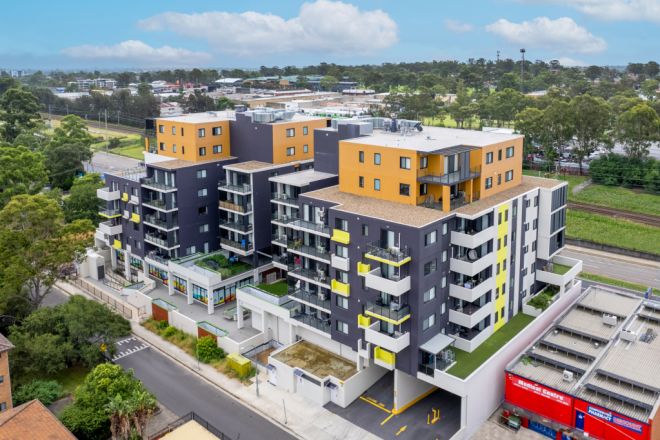
Peter Diamantidis of Ray White Diamantidis Group says there isn’t much unit development in Kingswood any more.
“Five years ago, there were probably about 100 units that were built and then some more every year, but now, there aren’t too many more new units being built,” he says.
“People bought units at the top end of the market a few years ago but since then, more units were continually being built so their value was depreciating. Now those people are probably … selling them for less than they bought them for.
“But it also depends on the type of apartment being sold. Something that’s less than 10 years old is selling around that $470,000 to $500,000 mark, but if you’ve got something that’s 20 years old or older, they could sell anywhere between $330,000 and $400,000.”
In Western Australia, the Fremantle units median price is $430,000 – a 14 per cent fall from 2019. Chanel Majeks of Dethridge Groves Real Estate says the city’s unit prices have gone through peaks and troughs. .
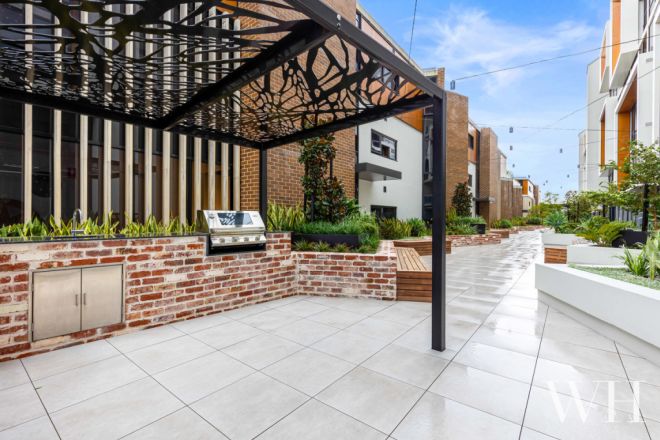
“A few years ago, we did have much more stock on the market [as] there was a lot of new development throughout the coastal corridor – Fremantle is an example,” Majeks says. “So a lot of people who bought at the top end have taken a bit of a hit when they resold.
“But there have also been some good selling outcomes coming out of apartments in Fremantle during that time. It depends on the product, on the age of the apartment and what development it is.”
Other suburbs where buyers can find a steal include units in Malvern East (Victoria) at $552,000; units in Roselands (NSW) at $500,000 and units in Glen Waverly (Western Australia) at $769,000.
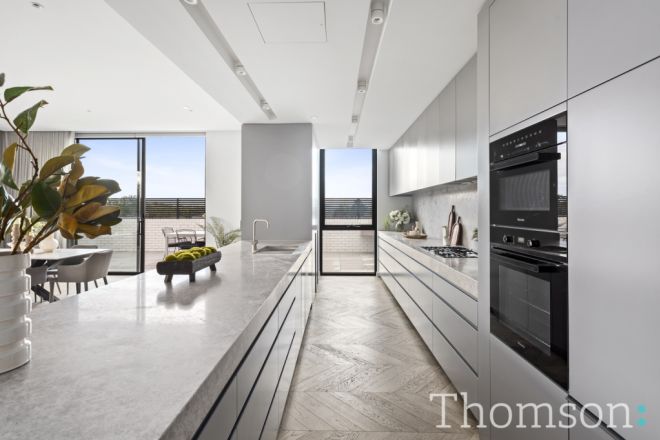
Suburbs where houses are more affordable now than five years ago include East Perth (Western Australia), Gillen (Northern Territory) and Brunswick West (Victoria).
A house in Brunswick West now has a median of $920,000, nine per cent down from 2019.
Jonathan West of Nelson Alexander Brunswick says that, in the last five years, the only time prices in the suburb seemed to fall was in 2022 when interest rates rose steeply.
“We saw people holding off making decisions to buy [in 2022] because they weren’t sure where those interest rates would fall,” he says.
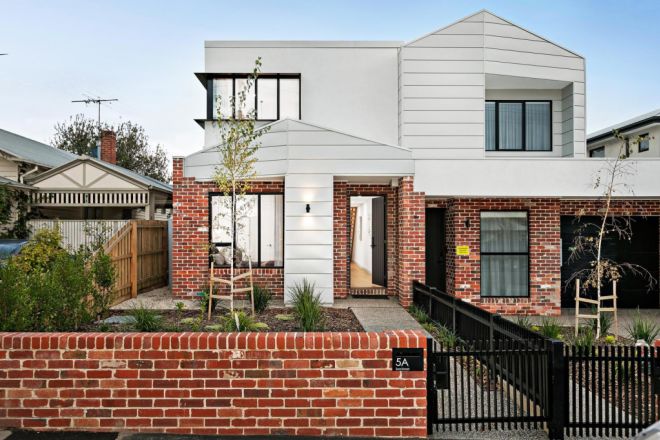
While the suburb’s median price declined in the past five years, West expects it to rise going forward.
“The suburb has its periods where it sort of sits still in terms of value, which we saw when the interest rates were going up but it also has plenty of room for growth … I think it’s an undervalued area,” he says.
Powell says that, should property prices in Melbourne suburbs continue to fall, it could get “to a point where it is undervalued”.
“I suspect buyers and investors are looking at a longer-term lens, and knowing that Melbourne suburbs particularly will get to that point where they are undervalued presents an opportunity for them because it showcases that value for money,” she says.
Powell adds that the list of more affordable suburbs doesn’t surprise her, given the market landscape from 2019 to now.
“In those five years, we saw the upswing in property prices during the pandemic but also that pullback and then recovery,” she says. “So we’ve captured a substantial period that showcases what we’ve seen occur since the pandemic.”
We recommend
We thought you might like
States
Capital Cities
Capital Cities - Rentals
Popular Areas
Allhomes
More
- © 2025, CoStar Group Inc.
